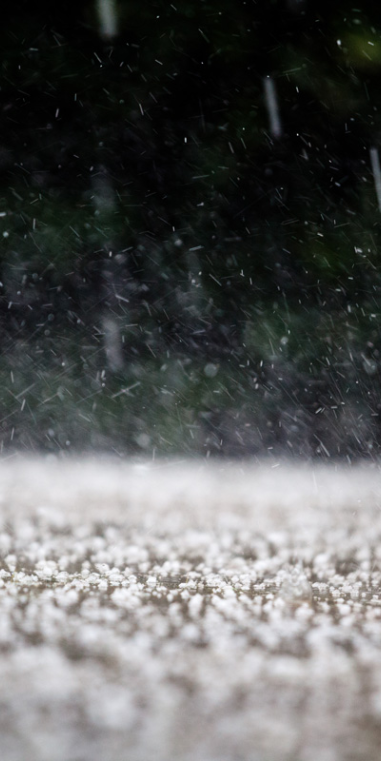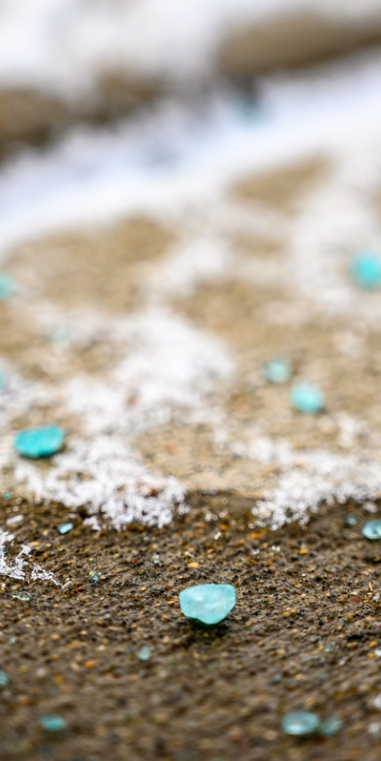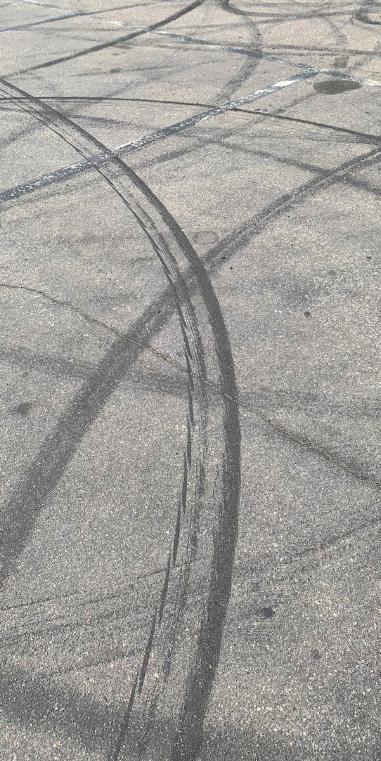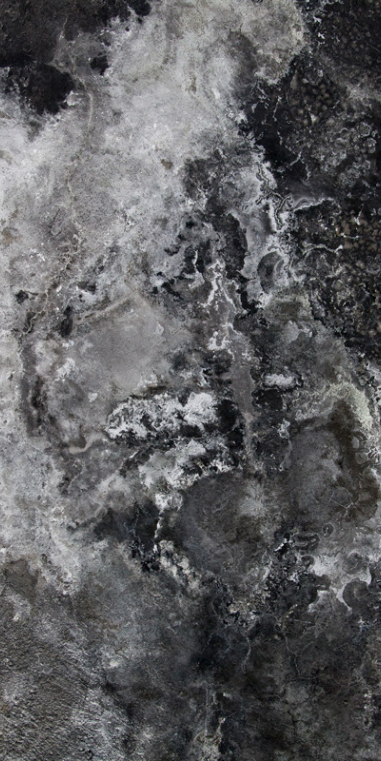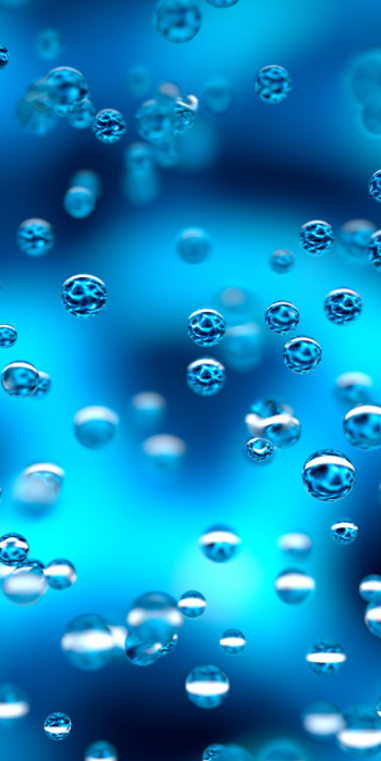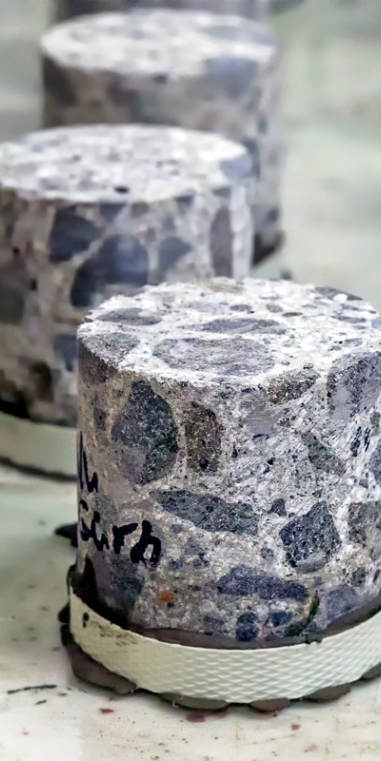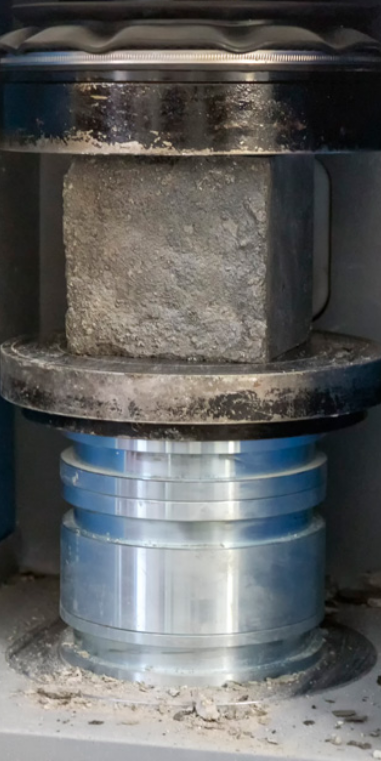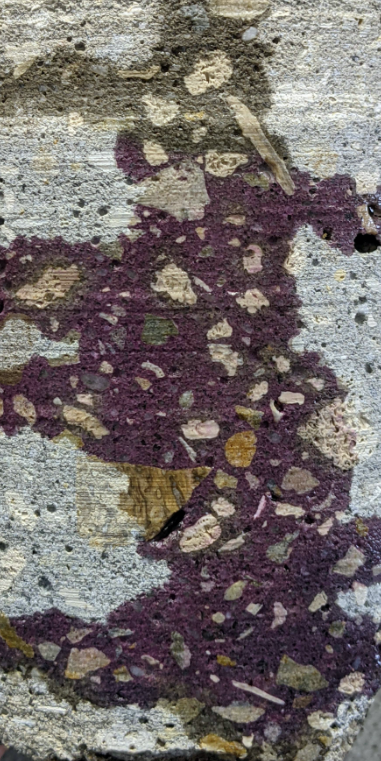Restore Concrete To
“Like New” Conditions
oXoCrete: A Breakthrough
Concrete Protection and Rehabilitation
System That Works.
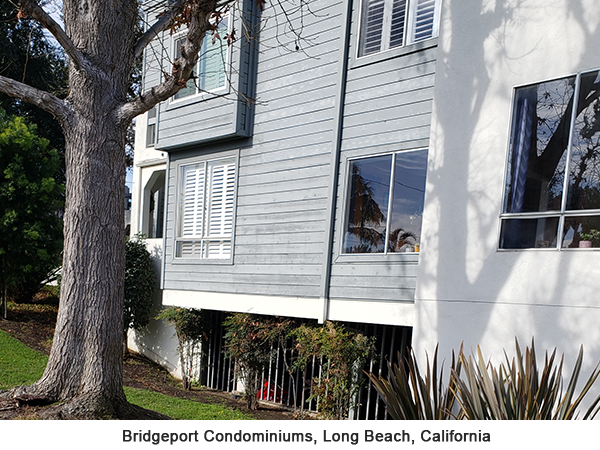
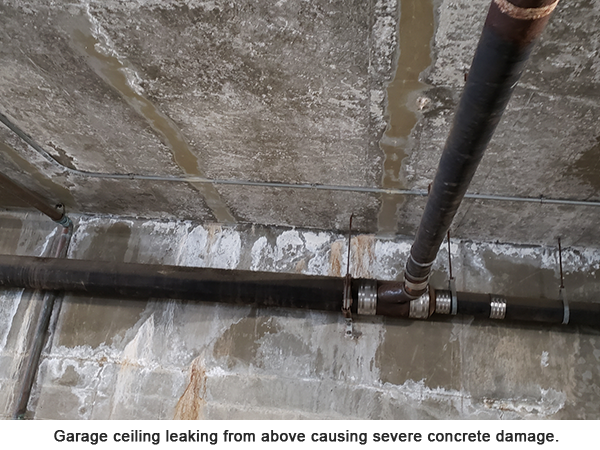
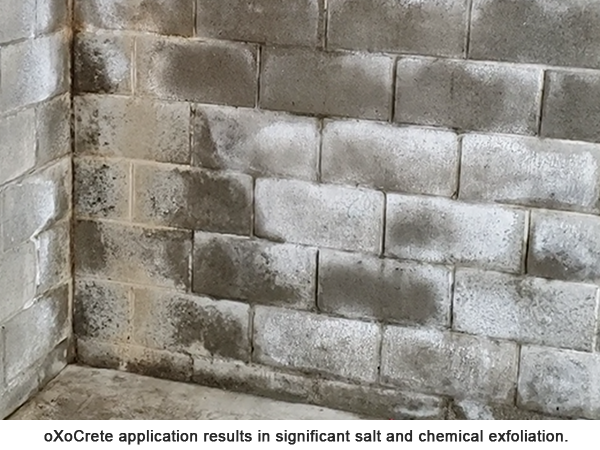
OXOCRETE Preserves and Rehabilitates
OXOCRETE uses disruptive, nano-bonding technology to penetrate and protect concrete from the inside out.
Environmentally Friendly
GRAS Certified
Avoids Replacement
Reduces CO2
Long Lasting
Increases flexural strength and penetrates the concrete matrix up to 10"
pH Restored to 11 or more
Phenolthayline Test At Surface and Substrate
Concrete Alkalinity Restored to Like New
Strength & Hardness
Increased Compressive / Flexural/ Tensile Strength
Increased Hardness & Abrasion Resistance
Solidifies / Densifies Matrix
Increased Thermal Cycling Resistance
Increased Density/ Densification
Significant Exfoliation of Salt
oXoCrete Has Over 30 Years of Results
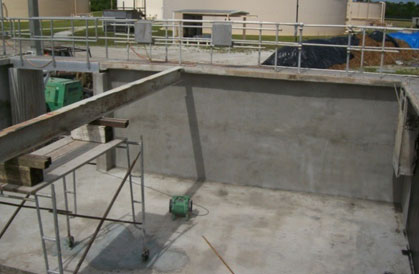
Flexural strength increases. Waste Disposal Plant, Florida.
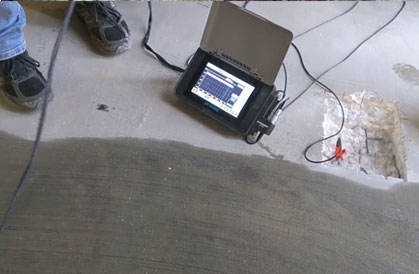
pH is restored to that of new concrete eliminating all electrolytic activity. Wells Fargo Bank parking floor, Sarasota, Florida.
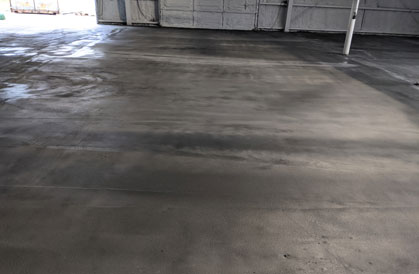
Abrasion resistance increases. Manufacturing warehouse, Sarasota, Florida.
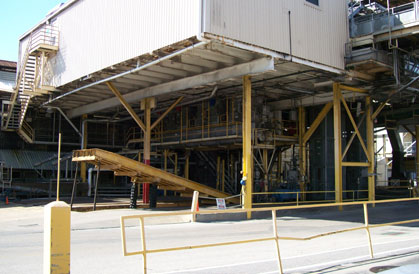
Concrete becomes acid, chemical and salt resistant. Tropicana production plant, Florida.
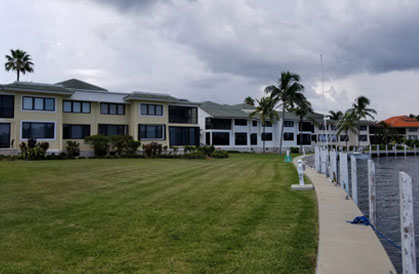
Concrete becomes resistant to penetration by water, air or carbon dioxide. Pumpkin Cay Condominiums, Pumpkin Key, Florida.
Reducing The Carbon Footprint
Concrete replacement is a significant contributor to CO2 emissions. Globally, the use of concrete is a significant contributor to the carbon footprint.1
The oXoCrete System is a solution that protects and rehabilitates your concrete repair projects at the concrete matrix level—from the inside out.
Economical When you use the oXoCrete System to protect and rehabilitate your concrete—you can save considerably as compared to remove and replace approaches.
The oXoCrete System is a solution that protects and rehabilitates your concrete repair projects at the concrete matrix level—from the inside out.
Economical When you use the oXoCrete System to protect and rehabilitate your concrete—you can save considerably as compared to remove and replace approaches.
- No costs for removing and disposing of old concrete.
- No additional costs for new concrete.
- No construction permitting costs or delays.
- No risk of additional work due to building code charges.
- No significant occupant displacement required.

Concrete production is one of the biggest producers of greenhouse emissions globally.

Concrete doesn't break down in a landfill and emits toxic dust particles.

Dismantling existing concrete structures is a high-emissions task
- Foulsham, G. March 14, 2016 . UCLA researchers turn carbon dioxide into sustainable concrete, UCLA Newsroom.
Traditional Solutions Don’t Cut It
Concrete replacement is costly and disruptive. It’s also time and labor intensive. And—it’s bad for the environment. Globally, the use of concrete is creating a significant carbon footprint.
Concrete rehabilitation shouldn't have to feel like a losing battle. The oXoCrete System noninvasively, nondestructively, in a eco-friendly manner and for a fraction of the cost—will rehabilitate your concrete.

Concrete production is one of the biggest producers of greenhouse emissions globally.

Concrete doesn't break down in a landfill and emits toxic dust particles.

Dismantling existing concrete structures is a high-emissions task
Concrete production is one of the biggest producers of greenhouse emissions globally.
Concrete doesnt break down in a landfill and emits toxic dust particles.
Dismantling existing concrete structures is a high-emissions task
Previous
Next


